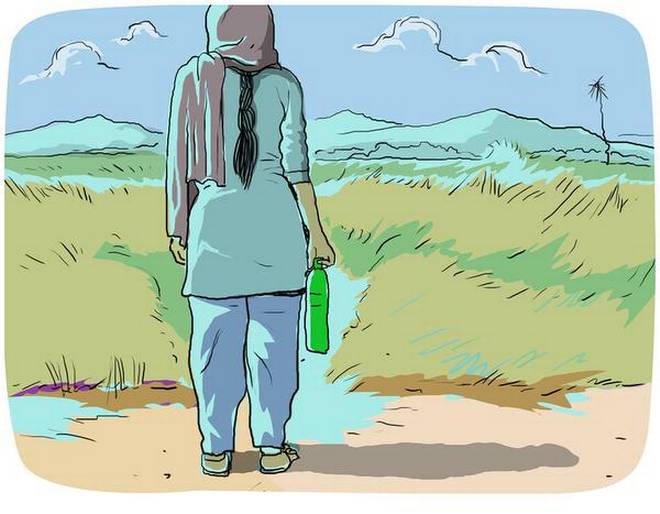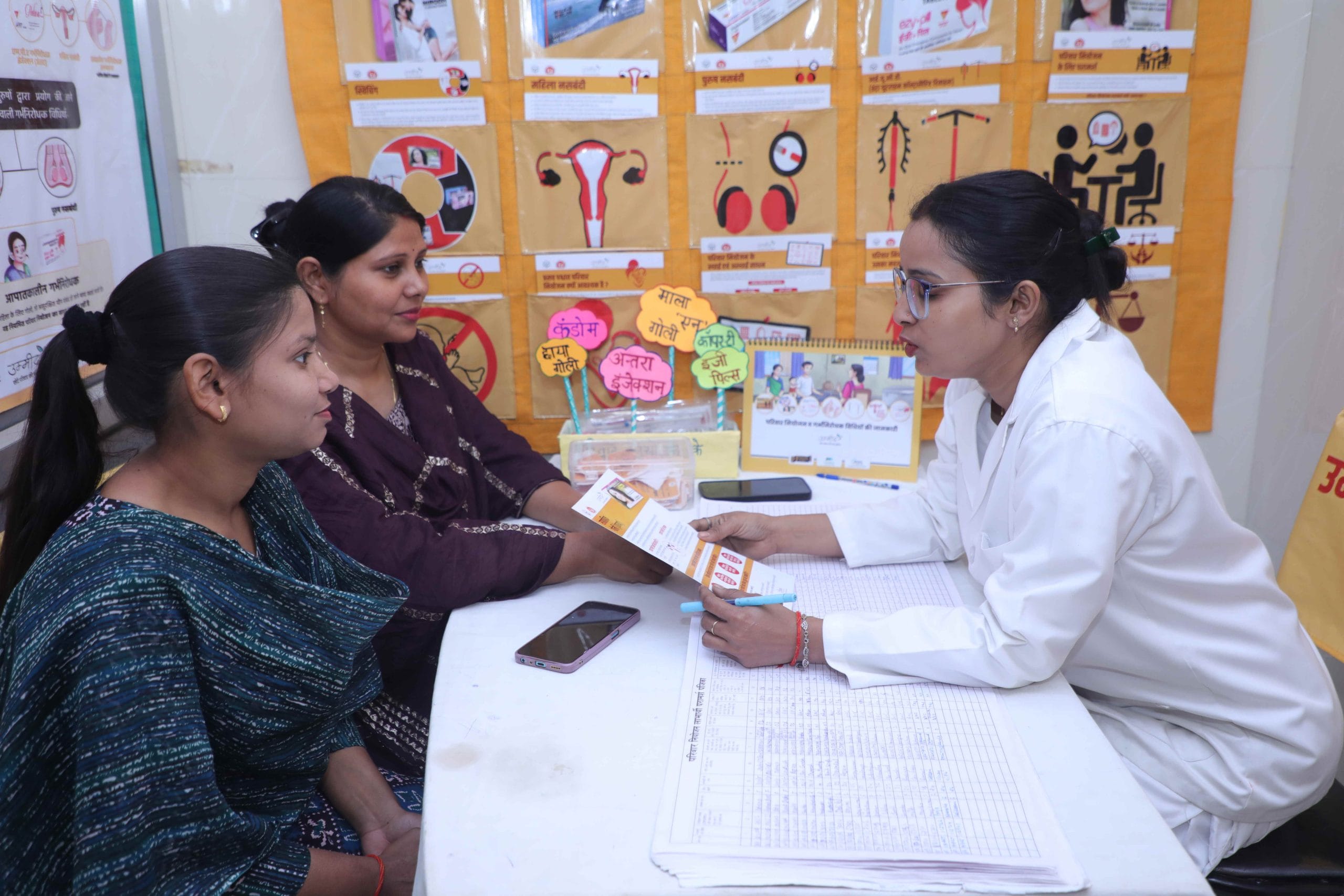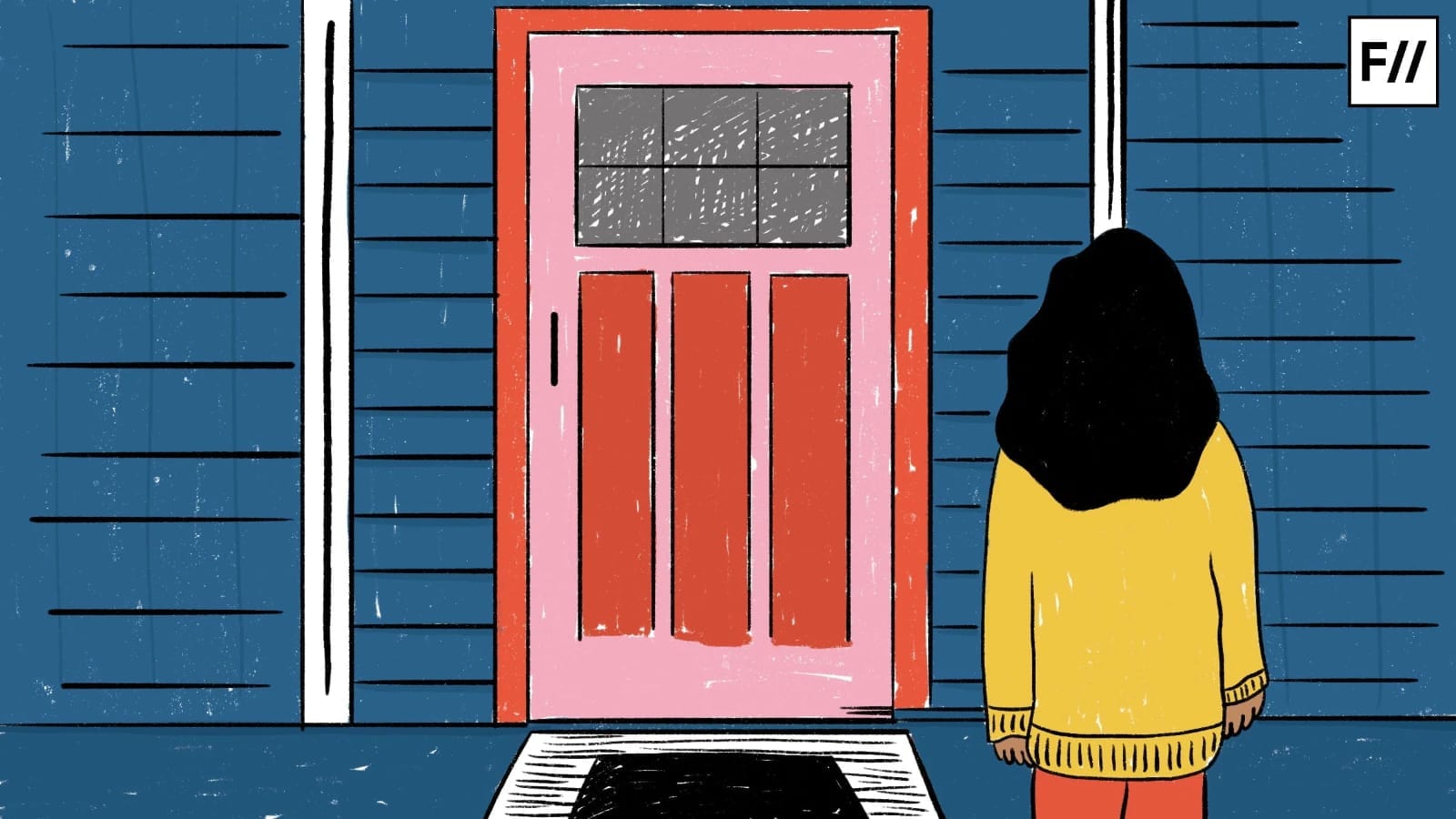Posted by Rukhsat Hussain
“I make my children sit on the wooden legs of the cot if they get nature’s call at night so that the pressure can go, because I cannot take my young kids for defecating alone at night,” explains Kanta of Hamirpur village in the Alwar district of Rajasthan.
India has higher open defecation rates than other developing regions. Improving sanitation is crucial to gear the development process in India whose sanitation performance has been unsatisfactory even after programs for better sanitation that have been in place since 1986.
With the ever-growing population, government and civil society continue to grapple with the issue of sanitation, taking into cognizance that 53 percent of Indian households still do not own a toilet (Census, 2011). Sanitation is an issue that affects everyone but women are often the most at risk. Open defecation is more than a sanitation issue—the lack of a safe, clean and secluded space to defecate specifically hurts women by drastically limiting their daily freedom.
Kanta’s solution for the lack of safe spaces for defecation is certainly not uncommon. On a recent Sehgal Foundation research team visit to the Samra Panchayat (village council) in Thanagazi block, many women described similar issues related to open defecation. In this block, only five out of 1,409 households had toilets before 2014, and those five toilers were not working.
53 percent of Indian households still do not own a toilet.
Women described avoiding defecation in the dark due to their fear of wild animals, such as lions, boars, etc, in the nearby jungle, and there is no other place available. Men never accompany them and they often feel too shy to ask other women to accompany them. Several women either do not eat or reduce their food intake in half after dark to avoid the need to defecate.
Young girls must go even farther away during menstruation, searching for isolated places where they have absolute privacy. They are always wary while changing clothing as well. The absence of toilets makes things more difficult for ill and pregnant women who cannot walk for very long.
Elderly women and women suffering from diarrhoea are thereby forced to defecate close to the house. The faecal matter then becomes a breeding place for houseflies/insects, which puts the health of everyone in the family at risk.
Meanwhile, men seem to be comfortable defecating openly. Being farmers, they need to visit their crop fields early in the morning, which is the preferred defecation time for most adult men. They do not wait for someone else to accompany them to defecate or wait for the cover of darkness as women usually do.
Also Read: 12% GST On Sanitary Napkins: Rural Women Speak Out
Discussions also revealed that inhabitants have different views about the construction of toilets. As the figure below shows:

The population has not been made aware of all the initiatives taken by the government of India to encourage toilet construction. The Government of India has launched various sanitation programs, eg. the Central Rural Sanitation Program in 1986 to promote toilet construction because it affects women and girls the most.
The Sehgal Foundation, in collaboration with the Coca-Cola India Foundation, got involved in these villages in 2014 with the aim of mobilizing and sensitizing communities towards health and sanitation issues leading to toilet construction. Foundation staff used information and communication materials such as pamphlets designed by the community for conducting trainings on the benefits of constructing toilets, clean surroundings, safety and ease of use. The trainings were conducted every month, separately for men and women in the villages.
The outcome of this community mobilization and awareness has been toilet construction in 25 to 30 percent of households. However, some of the households with toilets are not using them – understanding the motivation for using a sanitation facility is more important than access to the sanitation facility.
Several women either do not eat or reduce their food intake in half after dark to avoid the need to defecate.
Open defecation continues to be a socially and culturally accepted traditional behaviour by the community. Women reported that men are often not supportive of toilet construction, but some women mentioned that lack of water and money prevents them from not having access to a sanitation facility.
After extensive mobilisation and sensitisation-based efforts, the community started to construct and use toilets. Our learning from the project is that the major thrust of all sanitation campaigns should be to promote attitudinal change that will create demand, which will further lead to improved access.
In the long term, behavioural change communication, which varies across age and gender, is imperative to sensitize people to use sanitation facilities and appreciate the positive aspects associated with it. Any sanitation intervention, instead of merely achieving targets, needs to consider the above aspects to develop adequate and holistic approaches to behavioural change in sanitation.
References
Diane Coffey, Aashish Gupta, Payal Hathi, Dean Spears, Nikhil Srivastav, Sangita Vyas (2017), “Understanding Open Defecation in Rural India: Untouchability, Pollution, and Latrine Pits”.
Census (2011), Census of India, Retrieved from www.census2011.co.in
Also Read: Toilet Ek Prem Katha: A Well-Meaning Film Minus The Stalking
Rukhsat Hussain holds a masters degree in Human Rights from Aligarh Muslim University. He has worked as a Senior Research Associate at the Research Monitoring and Evaluation Center of the SM Sehgal Foundation.
Originally published in the Oxford Policy Blog, this article has been republished with permission from the author.
Featured Image Source: The Hindu
About the author(s)
S M Sehgal Foundation (Sehgal Foundation) is a public, charitable trust registered in India since 1999. Our mission is to strengthen community-led development initiatives to achieve positive social, economic, and environmental change across rural India. We envision every person across rural India empowered to lead a more secure, prosperous, and dignified life. With support from donors and partners, we design and promote rural development interventions that create opportunities, build resilience, and provide solutions to some of the most pressings challenges in India's poorest communities.
Together with rural communities, we create sustainable programs for managing water resources, increasing agricultural productivity, and strengthening rural governance. The team's emphasis on gender equality and women's empowerment is driven by the realization that human rights are central to developing every person's potential.




